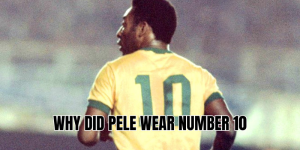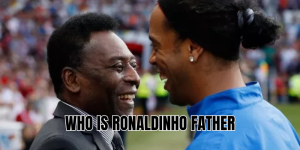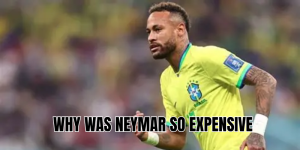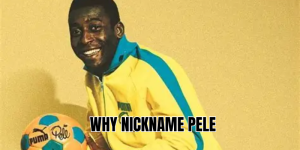Zinedine Zidane’s announcement of retirement in 2006 shocked the football world—but the reasons behind it make sense once you look closer. Why did Zidane retire in 2006? Simply put: he felt that his form was declining, his body was struggling more, and he didn’t want to carry on if he couldn’t perform at the levels he expected of himself—especially at Real Madrid. Let’s dive into all the details, the context, and the impact.
Early signs and declining form
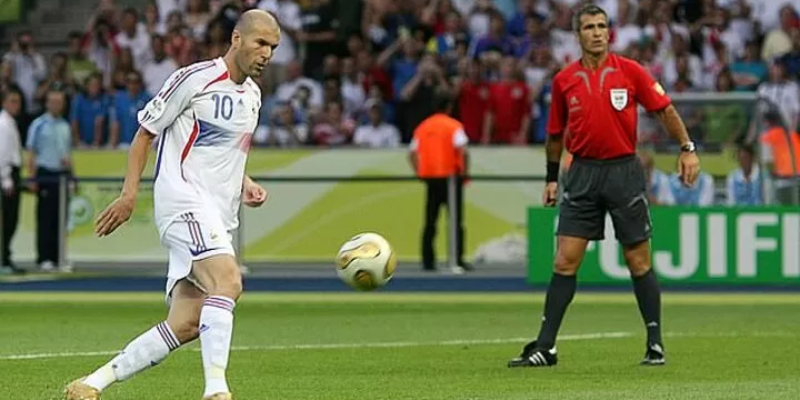
Multiple reports and interviews around 2006 show he admitted that he “had not been on top form” for the past two seasons. He said that was untenable when playing for a club like Real Madrid.
He also mentioned injuries and inconsistency plaguing him in those years. In short: he was no longer satisfied with just being there—he wanted to deliver excellence.
The age factor and physical condition
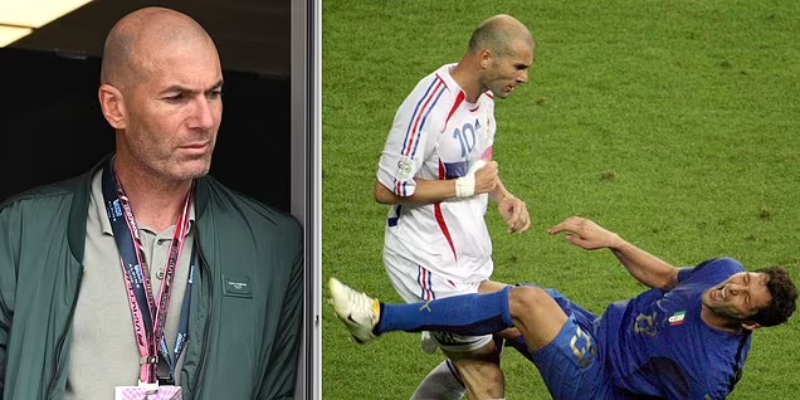
At 33–34 years old, especially for a midfield maestro whose game depended heavily on agility, vision, balance, and burst speed, age becomes more than a number. It turns into something you feel—in every sprint, everyackle, every turn.
Zidane himself stated that he was at an age “when it is getting more and more difficult every year.” He didn’t want a season or two where he looked like less than the player he had long been. He preferred to go out while he could still hold himself to high standards rather than drift.
Club context: Real Madrid and contract
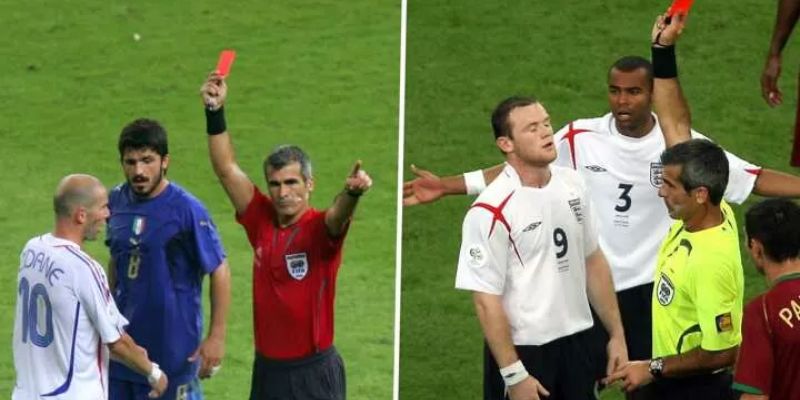
Although Zidane still had one year left on his Real Madrid contract, he chose not to extend or continue beyond the 2006 World Cup. He felt that Real Madrid needed clarity to plan ahead. Him staying longer without being sure of his own performance levels wasn’t ideal—for him or for the club.
Madrid and their fans gave him a grand farewell on 7 May 2006, in a league match against Villarreal at the Bernabéu. He scored in the 3–3 draw, and the club honored him with tributes, mosaics, and emotional scenes. That was his last appearance for Real Madrid. rid.
Retirement announced before the 2006 FIFA World Cup
Rather than waiting until after domestic obligations or letting doubts linger, Zidane publicly announced on 25 April 2006 that the 2006 World Cup would be his final act as a professional. Hee this decision well ahead of the tournament so that there would be no confusion or speculation. His aim was to focus all his final energies on performing for France on the international stage.
Dramatic final moments
His last match for France—and for his career—was the 2006 World Cup Final vs Italy. Zidane scored early via a penalty—the kind of dramatic flair we’ve come to associate with him. But the final’s extra-time will forever be remembered for the infamous headbutt directed at Marco Materazzi which led to a red card. That moment overshadowed the end of his playing days, though it did not change the fact that he had made up his mind. After that match, there was no going back.
Why it wasn’t just one reason (multipleiple factors)
To understand why Zidane retired in 2006, you have to see it as a convergence of factors:
- Self-criticism: Zidane was never one to settle. His self-expectation was always sky-high.
- Physical limitations: Injuries, fatigue, slower recovery—these are natural, especially after playing at the top level for so many years.
- Mental readiness: He wanted his final memories to be meaningful. He did not want regrets.
- Legacy: Retiring after the World Cup final preserved his legacy in a dramatic, unforgettable way—even though it ended with controversy.
Immediate impact and legacy
- Zidane walked away with his Golden Ball award for being the best player of the 2006 World Cup. Even with the red card, his performances up till then were exceptional.
- His retirement left a void at Real Madrid: leadership, creativity, style.
- For France, 2006 was the end of an era: old guard players, high expectations. Zidane’s exit symbolized that change.
Conclusion
Why did Zidane retire in 2006? Because he felt he could no longer maintain the standard he set for himself, both at Real Madrid and for France. At 33–34, with form starting to dip, physical toll increasing, and mental desire to go out on his own terms, he decided that 2006 — capped by the World Cup Final — was the right moment.
In this article, FreeKickSEO has taken you through the intertwined reasons behind Zidane’s decision: declining form, physical stress, age, contract situation, and legacy. If you’re curious about more football legends—how they exited, how they rose, stats of their peak moments—stick around. Want a deep dive into Zidane’s most iconic goals, or perhaps compare him to today’s midfield maestros? Let me know, and FreeKickSEO will bring it to you!

